Road Trip: Stone Villages in the Centro Region of Portugal
I’ve been planning an unplugged weekend for a while, so I thought a visit to the remote stone villages of Portugal would be the perfect opportunity to go without technology for a bit.
It was easier said than done. I managed to survive without checking social media for 48 hours, but the moment we got lost, I knew we needed the GPS. The funny thing was we were right in front of our lodging when I finally gave in and checked my phone.
Up until then, we were getting around the old-school way: directions on a piece of paper and by asking people on the streets. Despite the lack of arrows in a few places, we did alright!
On the way to the stone villages
It was a foggy day when we left Lisbon on Saturday morning. As we drove farther and farther away from the capital, the scenery slowly changed from modern buildings to colorful trees, stone houses, and mountain peaks.
We stopped at a few gas stations on the way to stock up on some food and to stretch our legs before we continued driving to Viseu.
One of my mom’s friends was heading there to visit family. My dad offered to give her a ride since it wasn’t too far from our planned route.
Folgosinho
I wrote down a few places that I wanted to go on this road trip, but Gouveia was not one of them.
When my dad asked for restaurant recommendations in the area, an answer that I could quickly give him by researching it on my phone, I said: “I don’t know.” That didn’t stop him from reaching for his laptop and doing the research himself.
My parents had recently watched a TV show that mentioned a restaurant in Folgosinho. They couldn’t remember the name, but that’s what the internet is for.
Google “Restaurant in Folgosinho” and the first thing that comes up is Albertino. When the signs for Albertino were finally within our reach, everyone knew we were in the right place.
It was 2 p.m., and the restaurant was heaving with people! Luckily my dad had booked us a table, so we didn’t have to wait to feed our empty stomachs.
We climbed up three sets of stairs, each one with a different crowd until we finally reached our table on the 4th floor of the restaurant!
Usually, I would read a few reviews about a restaurant before giving it a go. This time I knew nothing about Albertino.
Eating in Folgosinho
I had zero expectations when the first part of our seven-course meal arrived.
We started with delicious sheep cheese, followed by some Portuguese sausages. Then a few traditional dishes came in, including Feijoada de Javali (a sort of bean stew with wild boar), Arroz de Cabidela (rabbit and rice cooked in its own blood — definitely not my favorite), veal with carrot rice, lamb with potatoes and suckling pig with slices of orange.
Portion after portion, a dish would appear on our table, and in a matter of minutes, it would vanish.
I don’t know how I had room for dessert, but I couldn’t refuse a Leite de Creme. It wasn’t as good as I expected it to be, but overall we had a scrumptious feast!
Of course, this meant we didn’t have to worry about dinner, meal wise, we were set for the day and night.
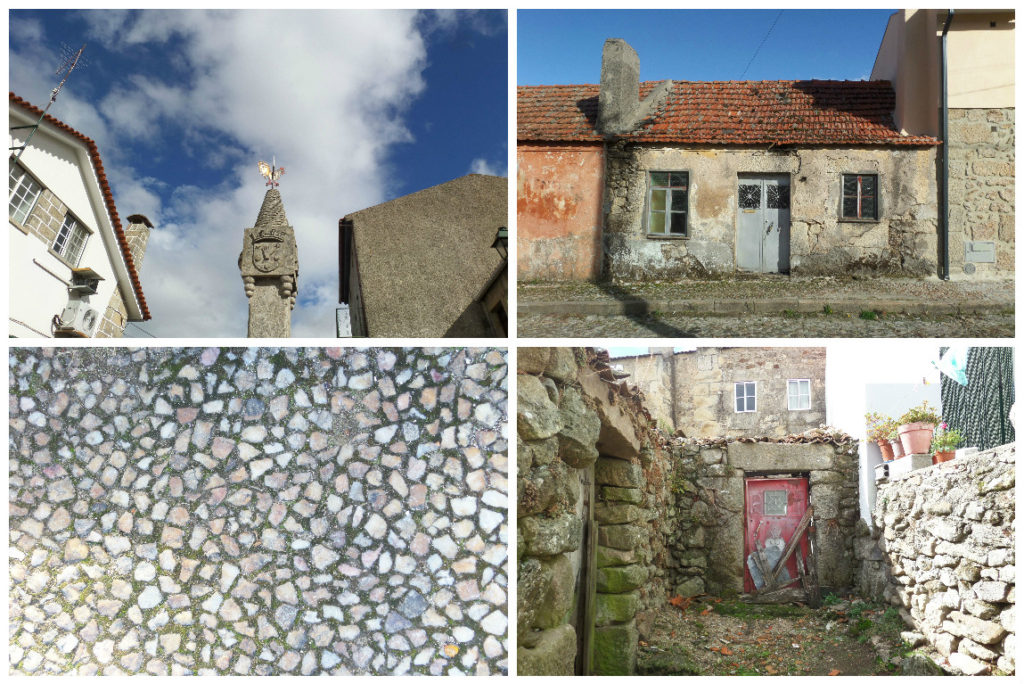
We walked down the stairs, and the lady asked us if we would like to have coffee on the counter or the couch. The latter sounded much more appealing.
She went out of the restaurant and took us to a local bar called Hins. The coffee was okay, but the free fruity liquors were the cherry on top of the cake!
Gouveia
Before heading to the restaurant, we stopped in Gouveia. While my dad asked for directions, I got out of the car to capture the buildings on the edge of a hill.
As we drove past the city, I saw beautiful churches decorated with blue and white tiles, and houses swallowed by climbing plants.
It was the Autumn red plants that lead us to our next stop on the road trip.
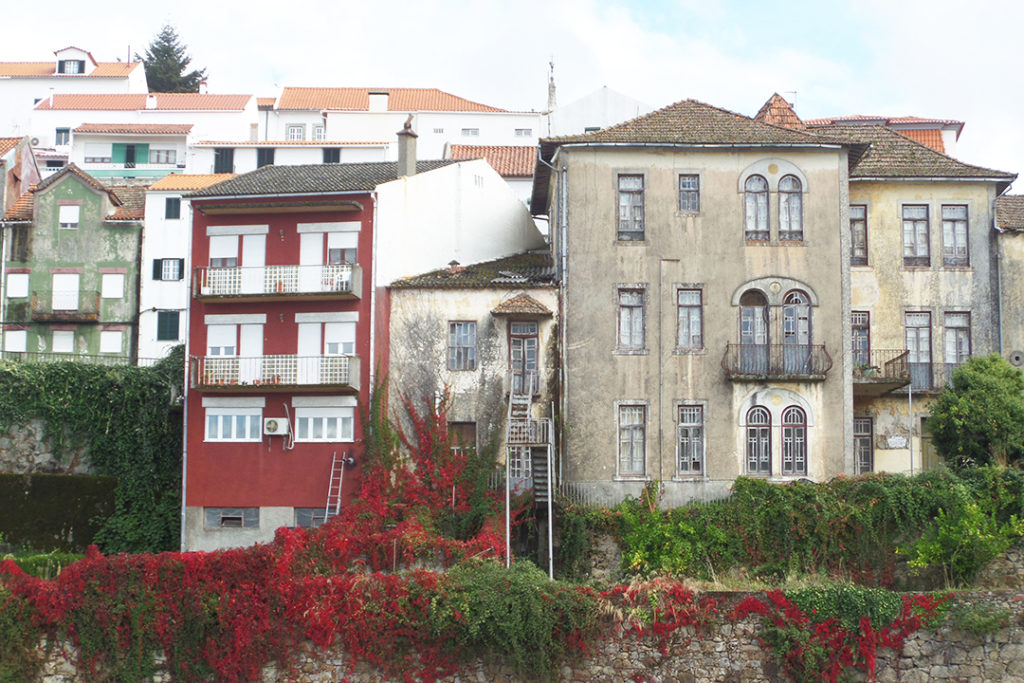

Torrozelo
Even though it was a bit of a detour from Viseu, I made my dad turn around to see a flowery tower that I spotted on our way to Folgosinho.
Next to the tower, there were a few lonely houses worth capturing that reminded me of Sejkko’s Instagram feed.
On our way to Viseu, we drove by dreamy mansions, vineyards, and trees loaded with chestnuts ready to be picked for St.Martin’s Day.
I wanted to stop in every village and explore its narrow streets, but it was getting dark, and we still had a lot to see the next day.
After dropping my mom’s friend in Viseu, we headed to Oliveira do Hospital, where we booked our stay for the night.
Oliveira do Hospital
When we finally found the place, I realized that my dad had been driving for more than 10 hours! Yes, we did stop in a few places to relax and get some caffeine, but it must have been tiresome for him.
The only thing we got to see in Oliveira do Hospital besides our room was the closest Continente where we got our breakfast, but I hope I can come back again for a proper tour.
Piodão: the most beautiful stone village in Portugal
Like many of my road trip plans, there is always one main feature! I came across Piodão when I was researching for our last road trip to the Paiva Walkways in Arouca.
I kept telling my dad how much I wanted to visit. Soon after I mentioned it, he sent me an email with a set date and our accommodation details.
After we left Oliveira do Hospital, we started following the arrows to Piodão. We drove up and down a few winding roads before we spotted this small village tucked away between the hills of the Açor mountain.
Most of the houses here are made of schist, a type of stone abundant in this region. From a distance, it looks like a miniature gray village.
As soon as you get closer, you start noticing different shades of blue paint covering the houses’ windows and doors. Legend says this was the only color available in the village’s shop at the time.
Today the shops are more devoted to tourists, offering small souvenirs and local liquors.
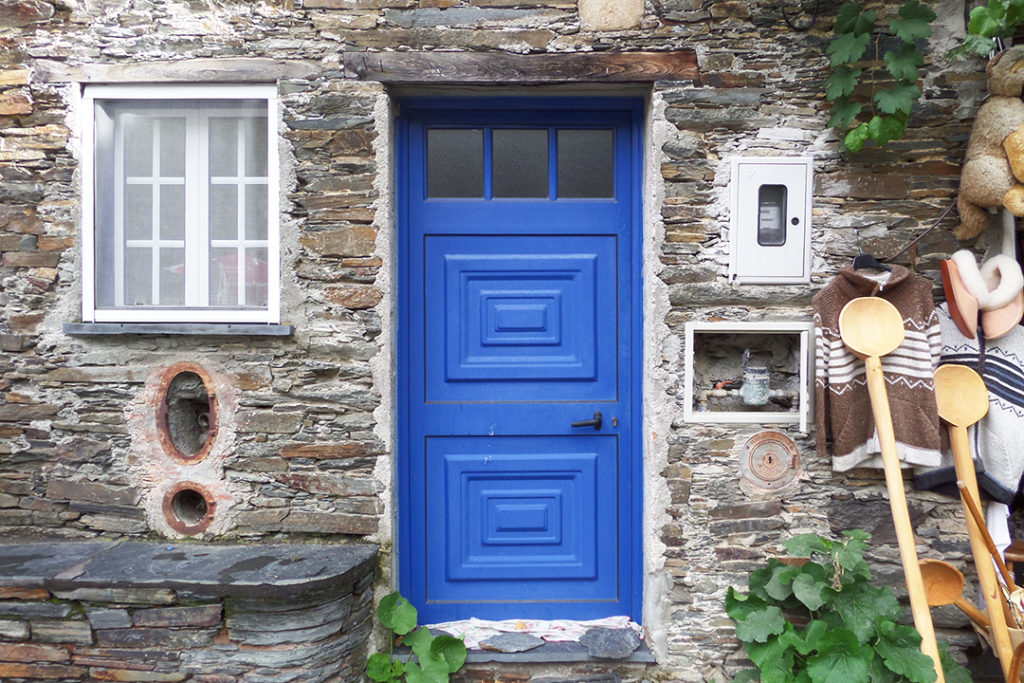
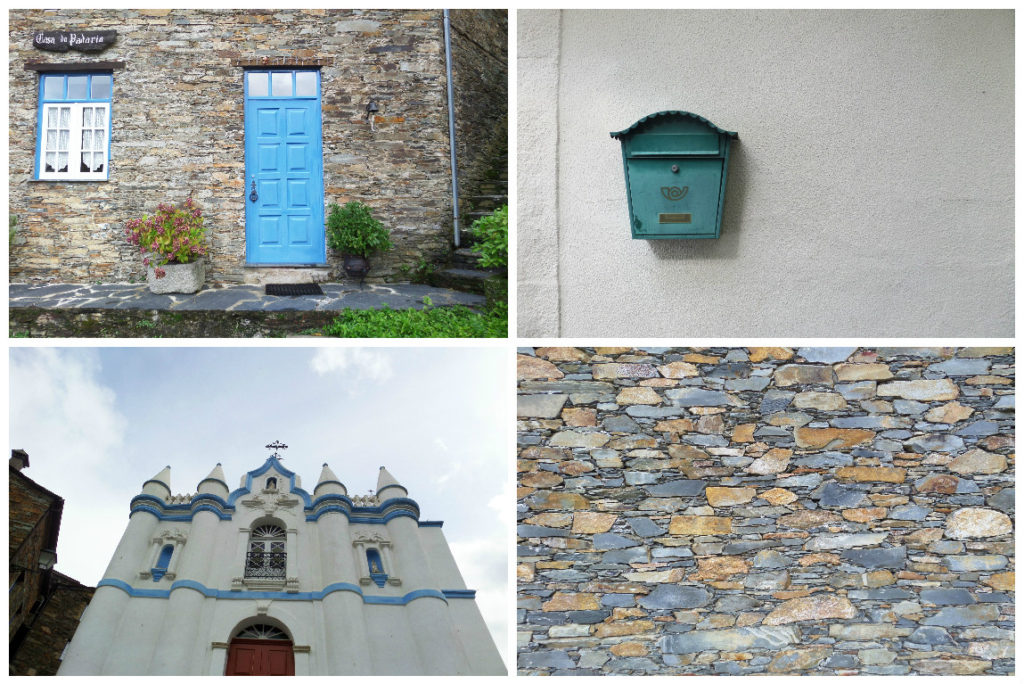
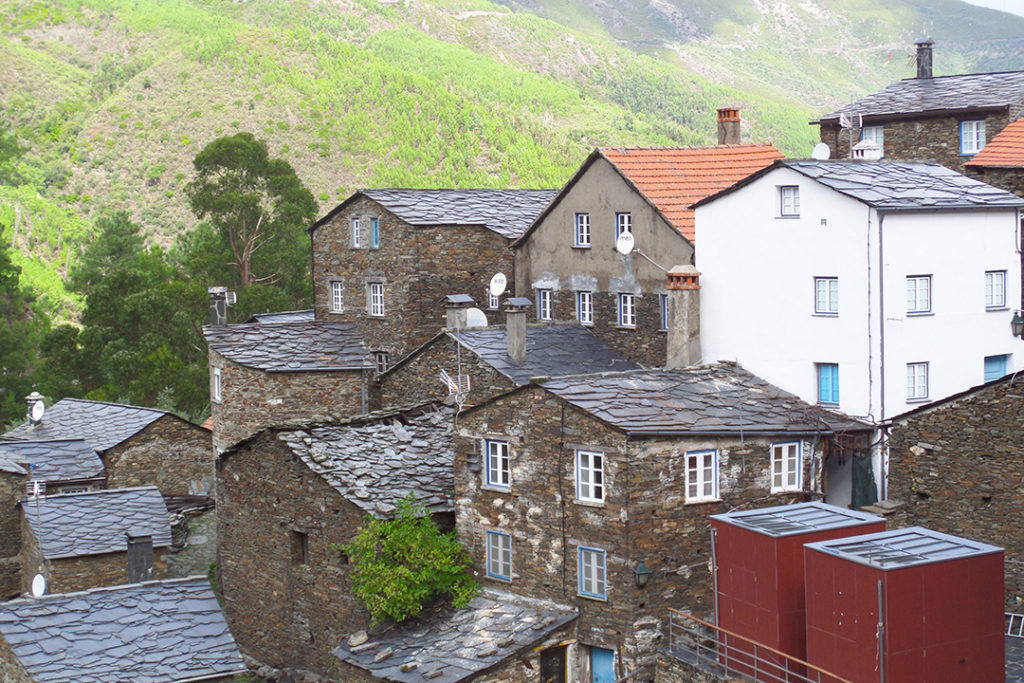
What to see in Piodão
We got off the car, and the first thing I captured was Piodão’s church. The church is the only building that seems out of place because it’s painted in white. It looks straight out of a fairytale!
I went looking for my dad, and he was sitting in the corner of a restaurant eating a massive plate of black pudding sausage. Nick and I joined in and ordered a galão to warm us up. It was the first time this year that my hands were freezing enough to wear gloves.
I got a small souvenir for the house, while my dad filled a bag with traditional cheeses and liquors.
After our purchases, we walked up the hill to see the houses up close. Everywhere we looked, there was something worth admiring!
“This is one of the most beautiful places I’ve been in Portugal,” Nick uttered when we were driving away from Piodão. He didn’t just mean the village. He meant the whole area: the surrounding mountains, the rivers, and the quaint houses.
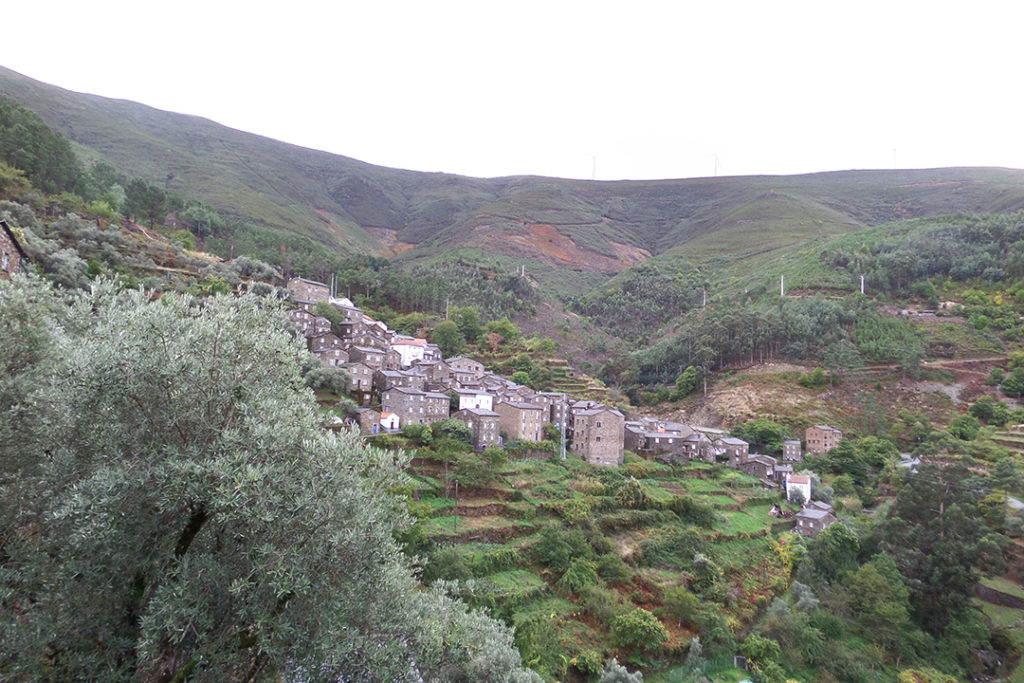
Foz d’Égua: a rocky bridge
I couldn’t recall why I had written down Foz d’Égua as a place of interest, but when we got there, it clicked.
It was the water stream passing underneath beautiful rock bridges, the vast vegetation, and this wooden rope bridge leading on to even more schist houses. The whole area looked like it could be a part of the Hobbit.
We relished the view from the bottom before heading over to the next village.
Avô: the stray cat village
“12, 11, 10…” my dad happily counted down the kilometers to get to Avô. The name literally means granddad in Portuguese.
Like many of these villages, the population is mostly above 70. Avô did have one thing that I was not expecting — cats, loads of cats.
We followed the steps to the castle ruins and saw a group of them passing by. From kittens to fully grown cats, they were enjoying what was left of the sun.
Said to be built by the first King of Portugal, there is not much left of the medieval castle other than a few stone walls and a wooden door.
It does, however, provide the perfect panoramic view of the town. From here, you can see a river beach on the left and a nice stone church on the right.

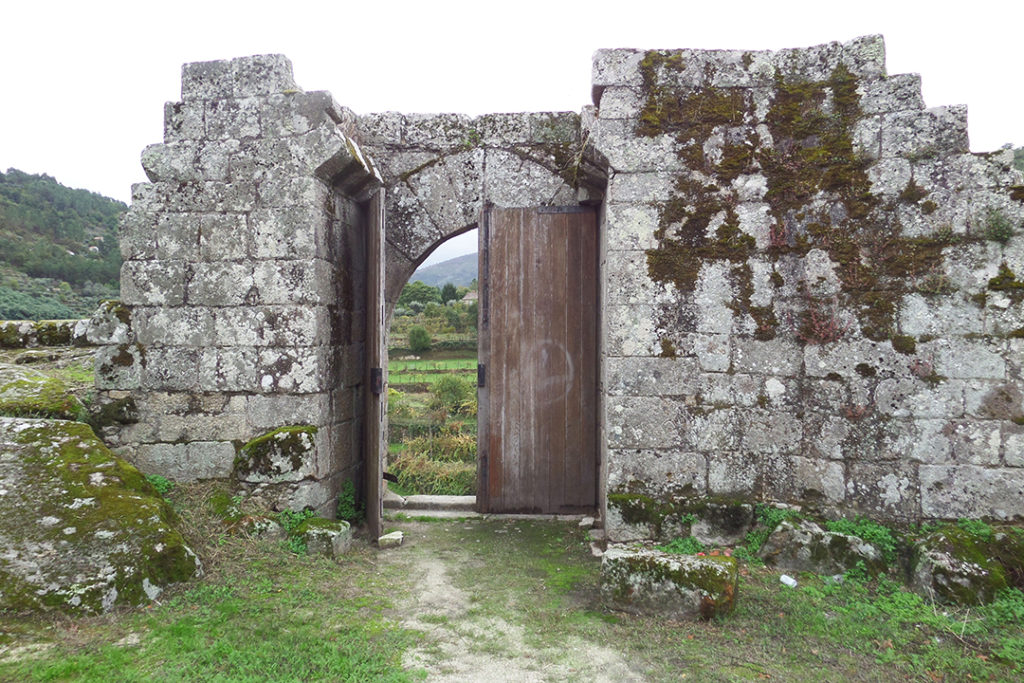
Aldeia das Dez
Aldeia das Dez was the last village on our road trip.
We parked the car in front of a viewpoint opposite the main attraction — a red mailbox and a British-look-a-like phone booth.
I did read the information signs and found out there was so much more worth exploring around here.
Unfortunately, it was getting late, and we’re still quite a few hours away from Lisbon.
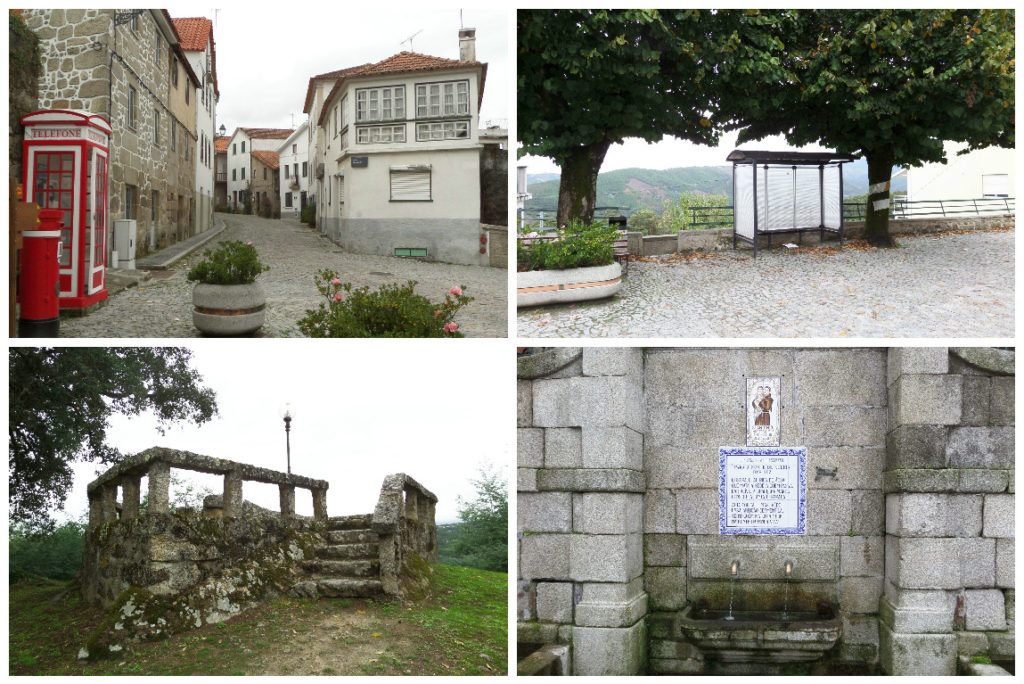
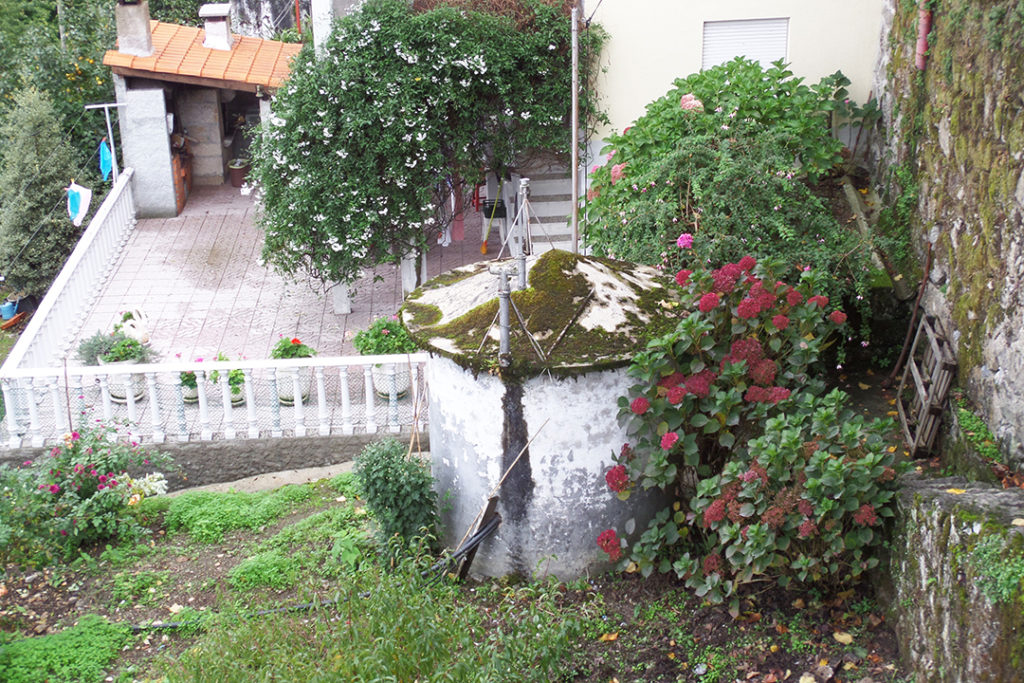
After a couple of photos, we got back in the car, tuned in the radio, and took off, leaving these remote stone villages behind.
In my head, I tried to memorize all the other places we saw on the way, so I can go there one day and discover all its beauty.
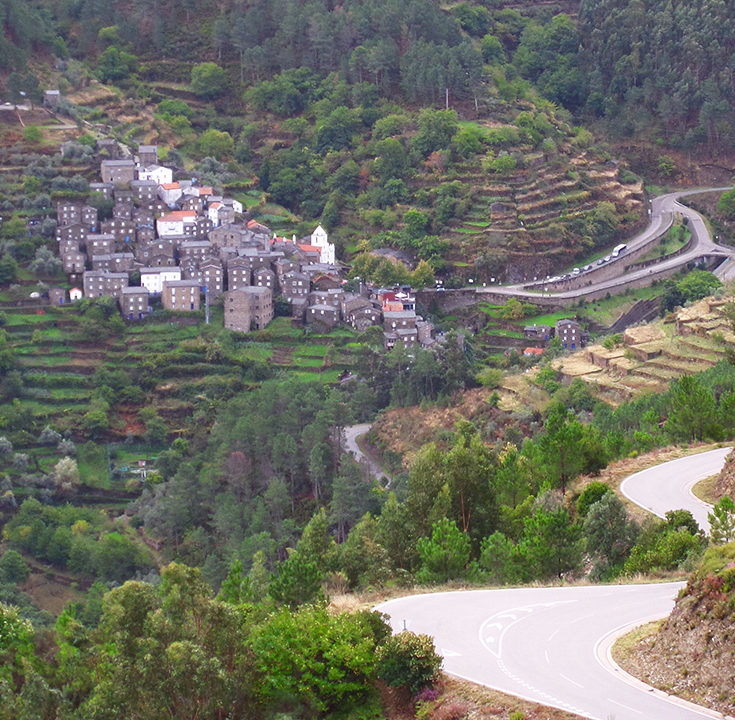

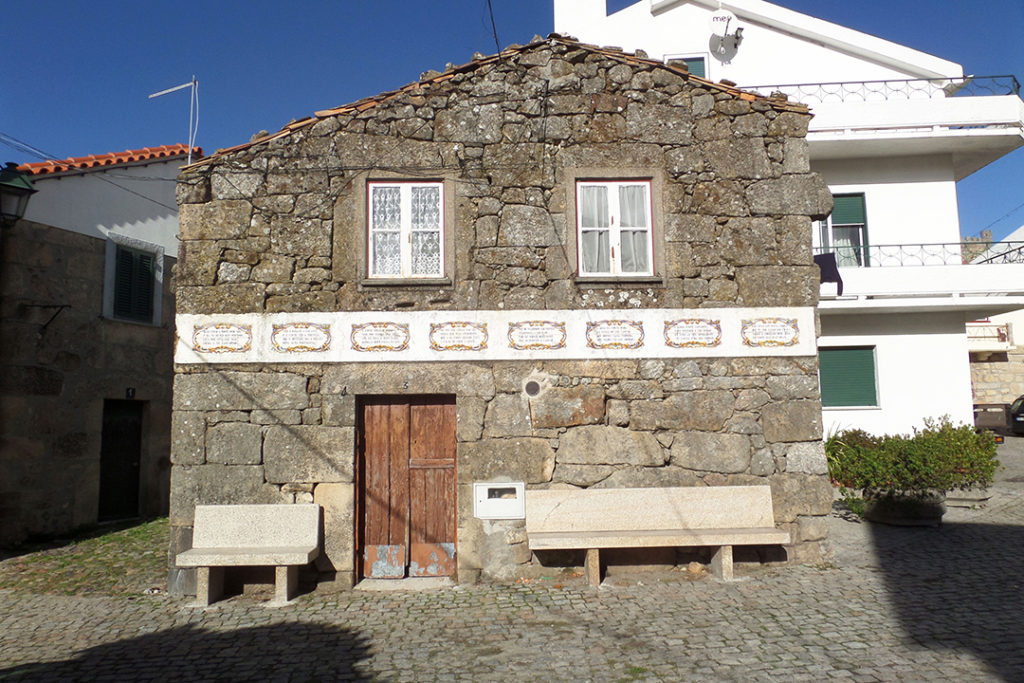
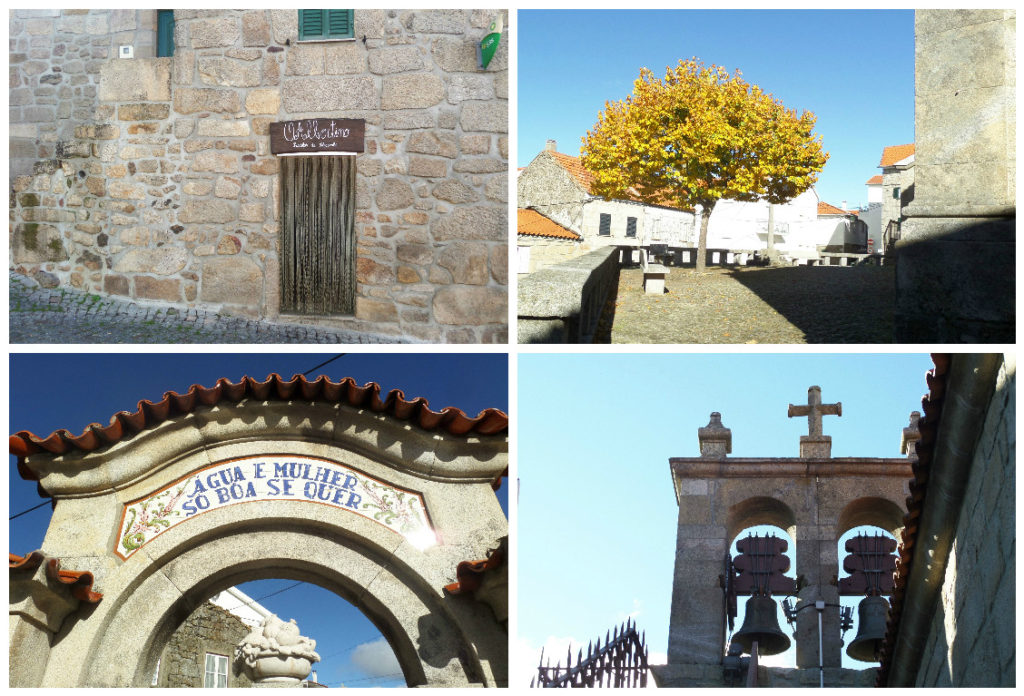
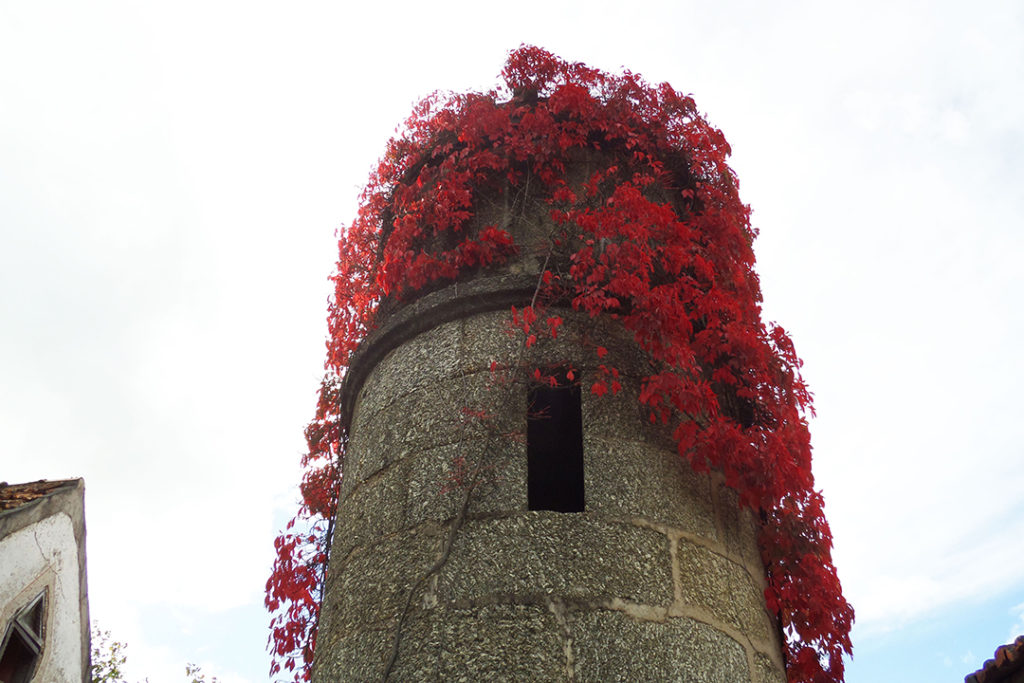
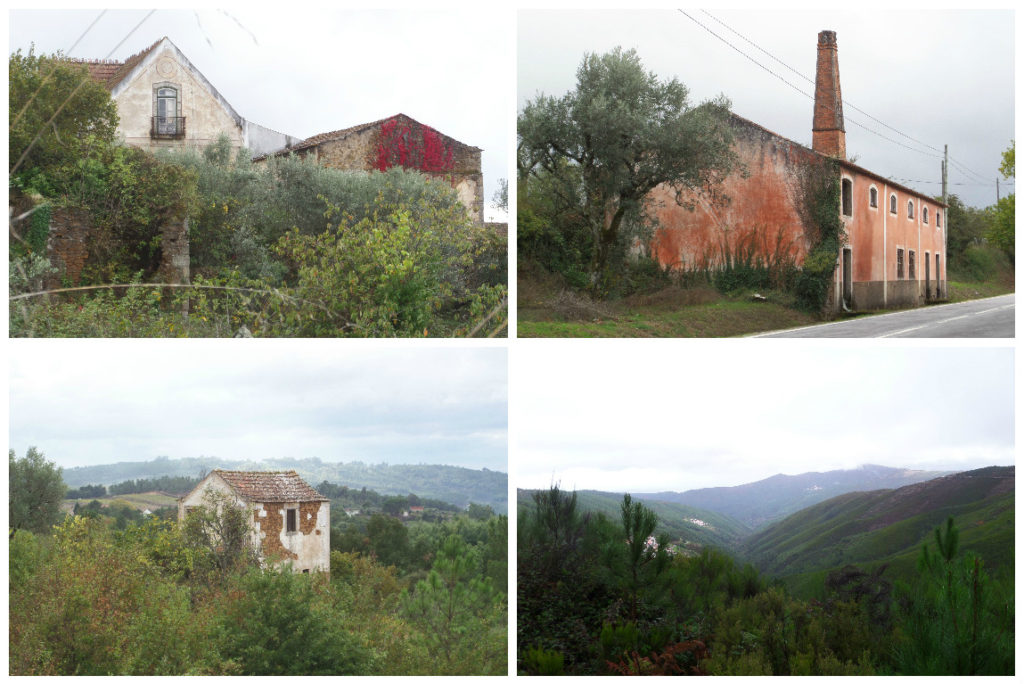
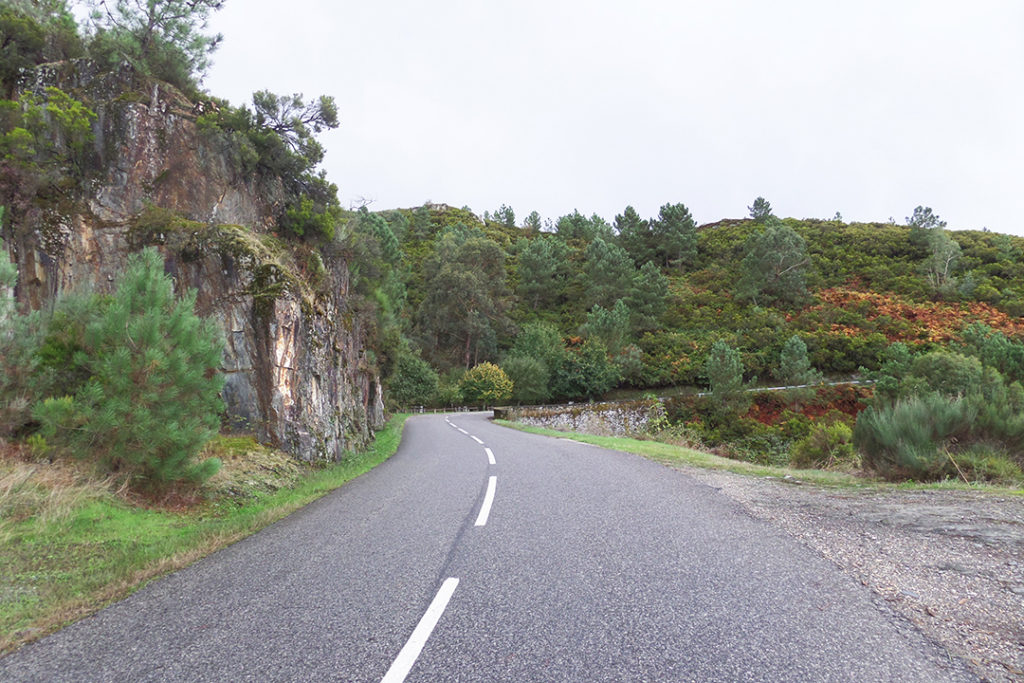
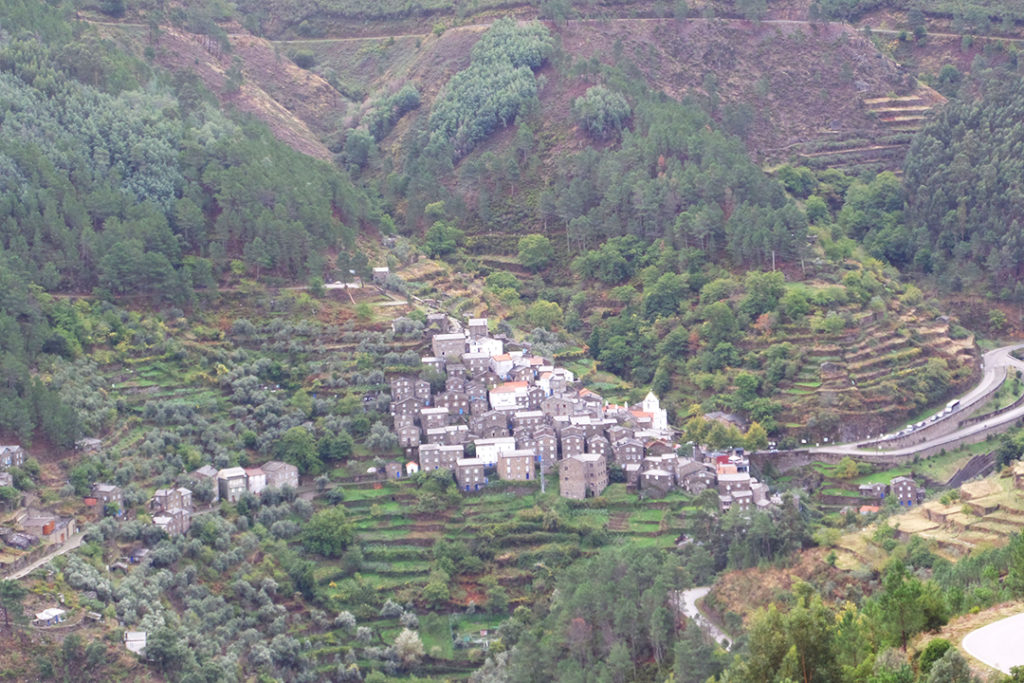
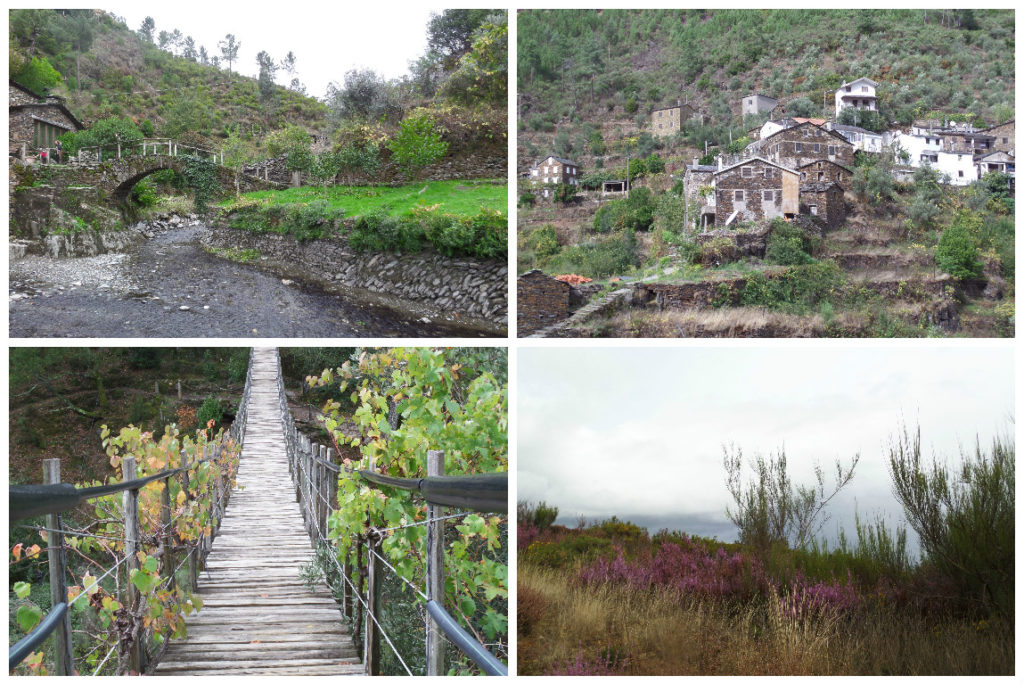
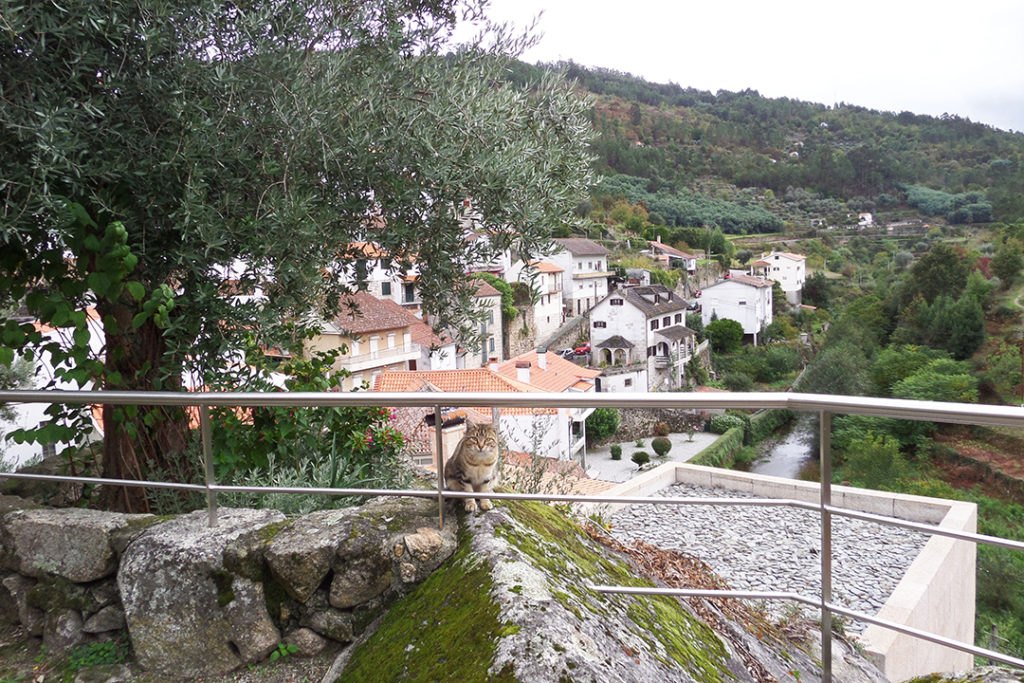
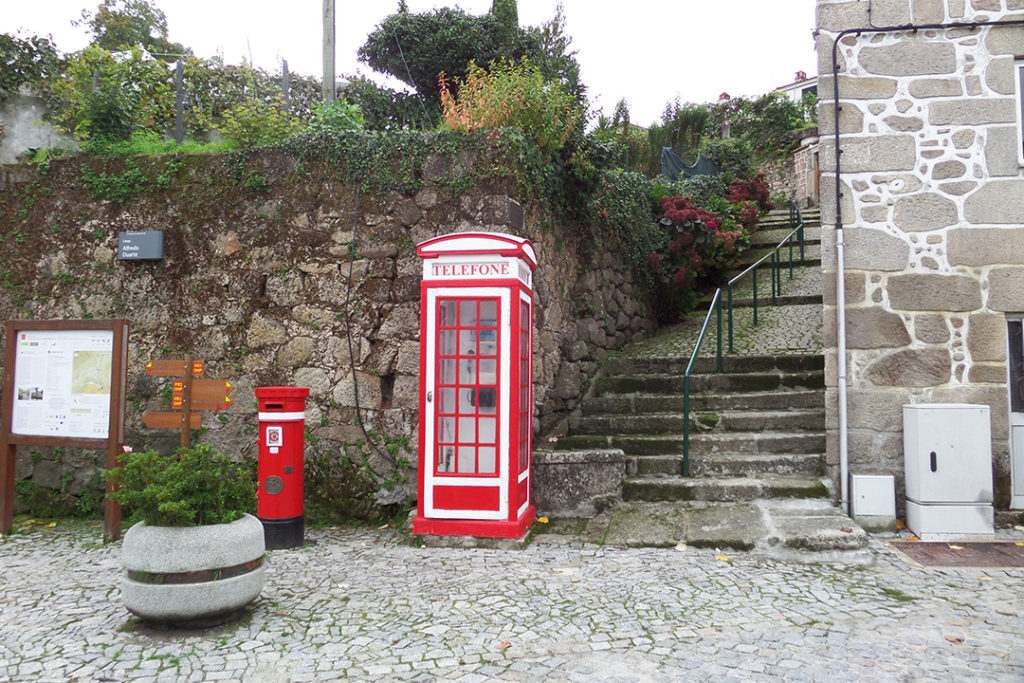
Que linda viagem, é das zonas de Portugal que ainda não conheço e que estou há muito tempo para ir. Cliquei assim que vi “viagem sem GPS” e pelos vistos os nossos pais são semelhantes no estilo de viagem 🙂 O meu pai acha muito estranha esta história de termos GPS, tudo o que ele precisava/precisa é um mapa das estradas e a ajuda do “chefe/amigo” que está sempre à beira da estrada. Nem o Google Maps no telemóvel ele usa! Nunca nos perdíamos…muito 😉
Foi mesmo! Há sítios que só dá mesmo para ir de carro, especialmente Piodão, mas valeu bem a pena. Ahah o meu pai tem dias, de vez em quando perde-se e pede para eu ver no telemóvel o caminho, mas sim nunca falta o mapa!